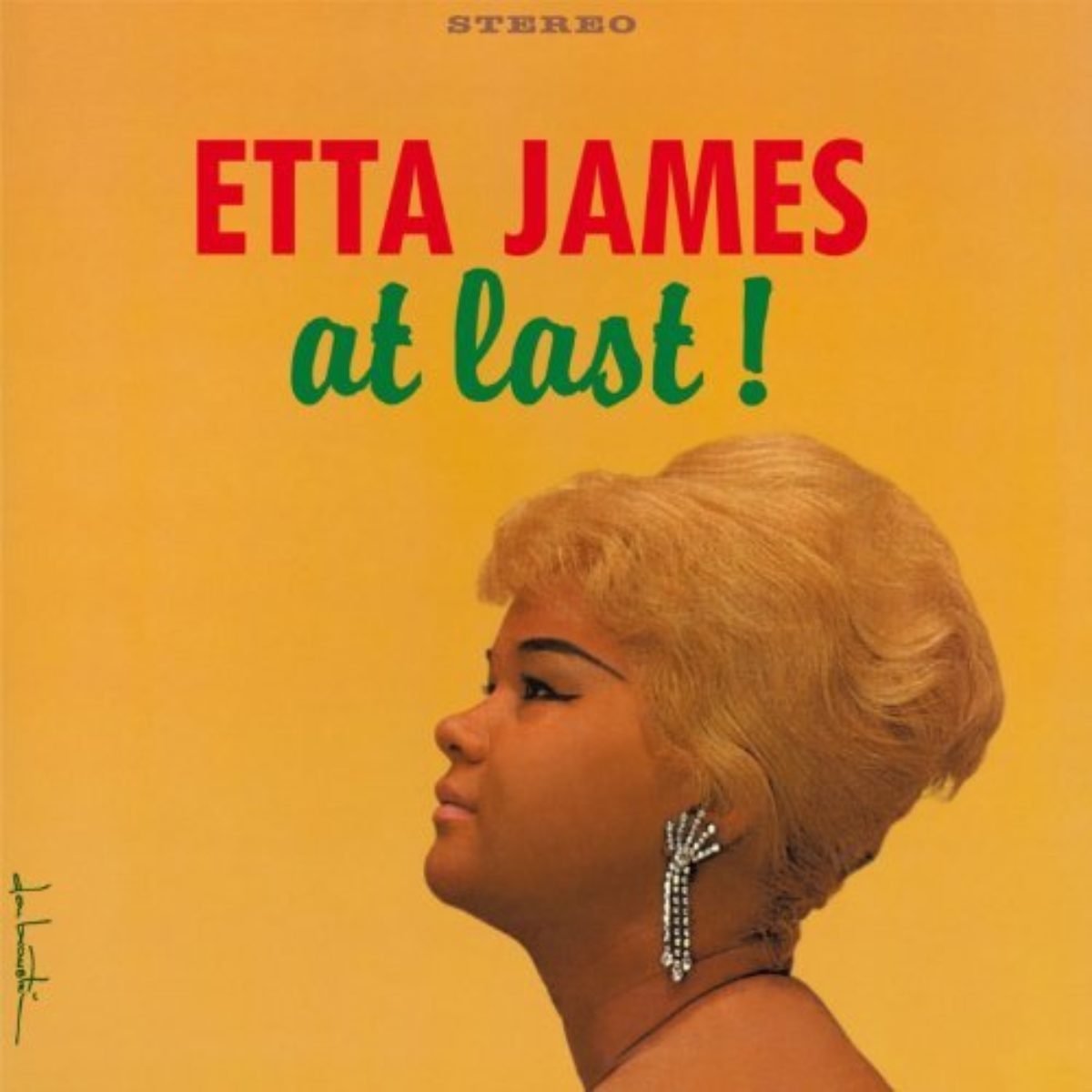[Monday’s Notes No. 140] At Last is a song by Harry Warren composed in the 1940s but brought to success by Etta James in 1960, also thanks to a simple but very good arrangement. The singer improvises much of the song, let us analyse her interpretation.
At Last has the classic AABA form of many jazz standards. The A part is very simple, always runs on the four chords I VI II V, like so much 1950s pop music. In the key of F major, these chords are F Dm7 Gm7 C7.
In the first performance of verse [A], Etta James respects the original theme almost in its entirety, while improvising an alternative line in the third phrase. In the score, the part that respects the original score is highlighted in yellow.
N.B. The score and examples refer to the original version of the song and are therefore written in 4/4, whereas Etta James sings At Last in the time of 12/8.

When she sings [A] the second time, Etta James extends the improvisation to the second and fourth phrases, thus alternating a part of the original song with an improvised part.

We have already noted that the form of the song is AABA, at this point then comes part [B] of the song, which Etta James fully respects by singing the original melody. This part is harmonically more varied, the piece modulates first to the key of A minor, then to that of C major, finally returning to the original key of F.

The third and final part [A] of At Last is totally improvised, Etta James does not sing a single phrase from the original version, instead singing alternative melodic lines, with a strong blues feel.
The three sections [A] of the song are thus sung more and more freely. Etta James reinterprets the song by adding her own improvisations with great balance. Not bad for a twenty-two year old singer!
Until next Monday!


